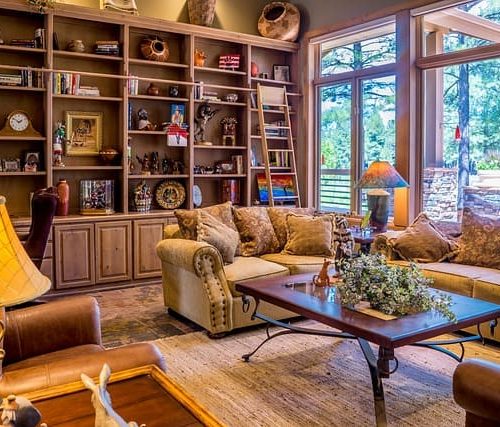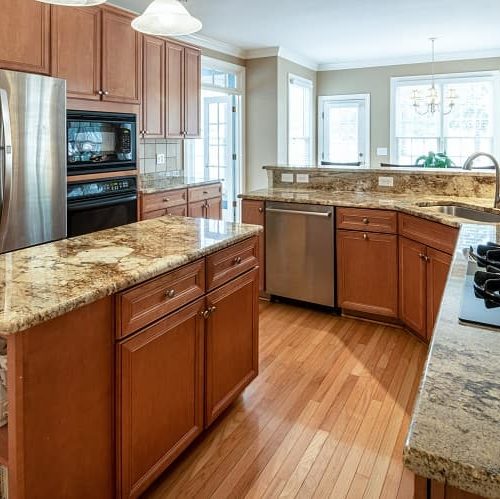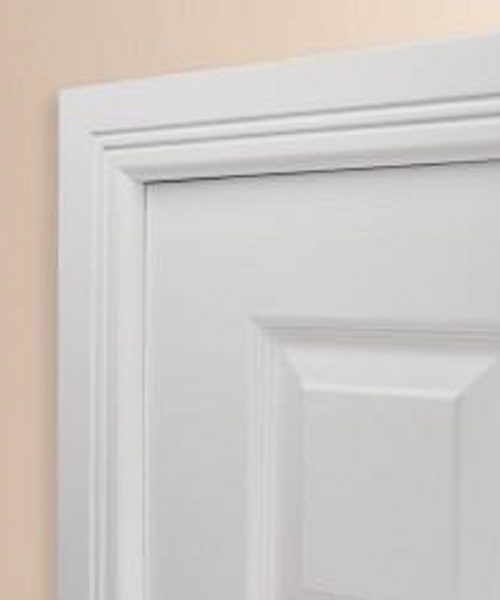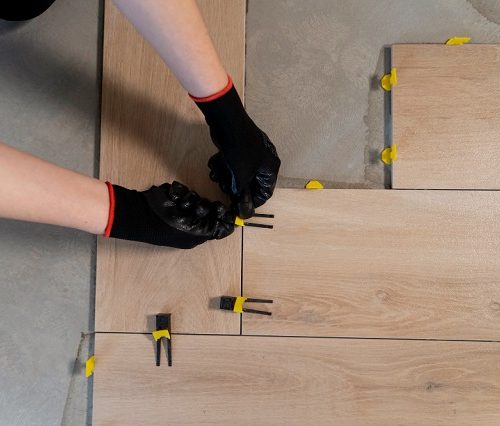Fireplaces are a showstopping central feature to have in your home. They give warmth, comfort, and a focal point for gatherings. Over the years, fireplace styles have evolved, reflecting changes in architectural trends, design preferences, and technological advancements. Whether you’re working on an existing fireplace or considering adding one to your home, understanding different fireplace styles can help you choose the perfect fit for your space. This guide goes through the various fireplace styles, from traditional to modern, and everything in between.
7 Fireplace Design Ideas
1. Traditional Fireplaces

Read more: All You Need to Know about Home Interior Painting
Traditional fireplaces are timeless classics that often feature brick or stone surrounds. They are characterized by their ornate mantels, intricate carvings, and a sense of grandeur and look like these Stonewoods marble fireplaces in London. Common styles include Georgian, Victorian, and Edwardian, each reflecting the design aesthetics of its respective era. Traditional fireplaces are perfect for homes with a classic or historic architectural style, adding a touch of elegance to the space.
2. Rustic and Country Fireplaces
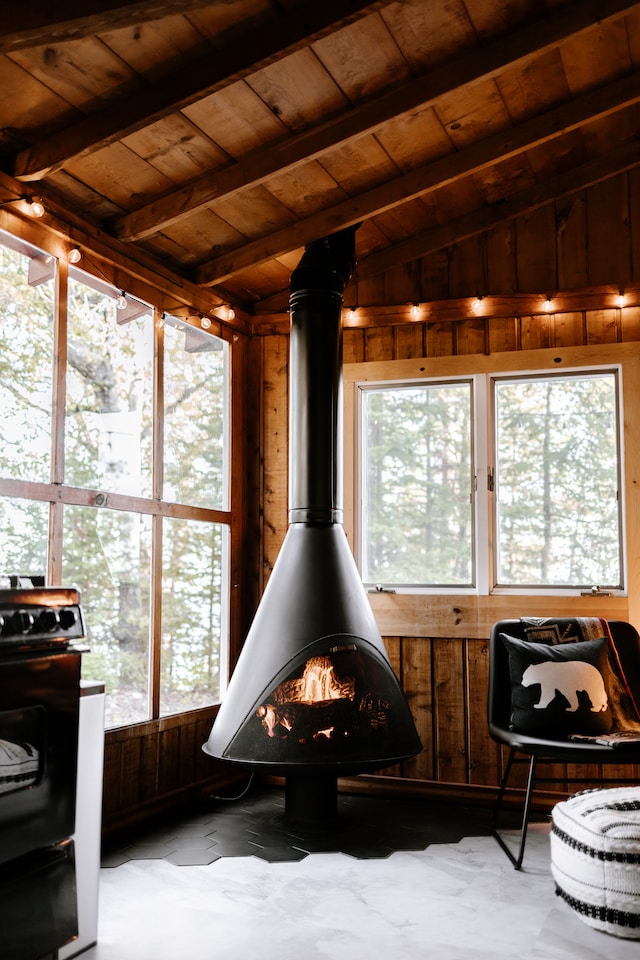
If you prefer a cozy and laid-back ambiance, rustic and country-style fireplaces might be the perfect choice. These fireplaces often feature natural materials like reclaimed wood and stone, creating an inviting atmosphere. Rustic fireplaces may have a more rugged appearance, while country-style fireplaces often incorporate elements like distressed wood and simple, unadorned mantels.
3. Modern and Minimalist Fireplaces
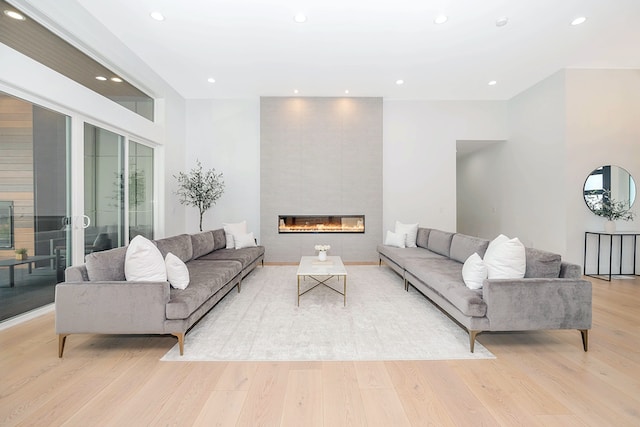
Modern fireplaces are known for their sleek, clean lines and minimalist design. They often prioritize functionality and may feature materials like glass, metal, or concrete. Linear gas fireplaces, for example, offer a contemporary look with a focus on simplicity. Modern fireplaces are ideal for homes with a minimalist aesthetic or those seeking a clean, uncluttered appearance.
4. Art Deco Fireplaces
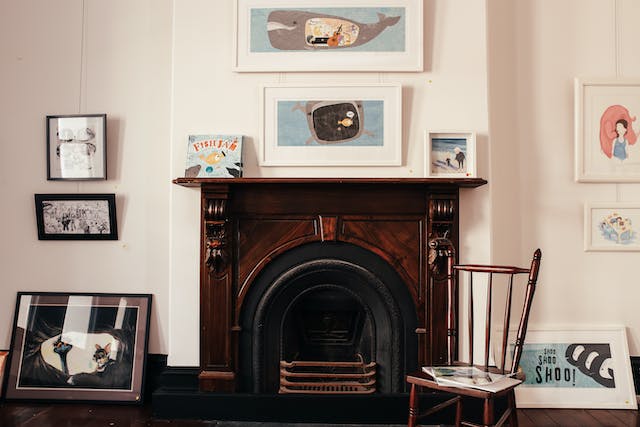
Inspired by the glamor of the 1920s and 1930s, Art Deco fireplaces are characterized by bold geometric shapes, rich materials, and intricate detailing. These fireplaces often incorporate elements like marble, chrome, and decorative tiles, creating a luxurious and sophisticated focal point. Art Deco fireplaces are perfect for homeowners who want to infuse their space with a touch of vintage glamour.
5. Mid-Century Modern Fireplaces
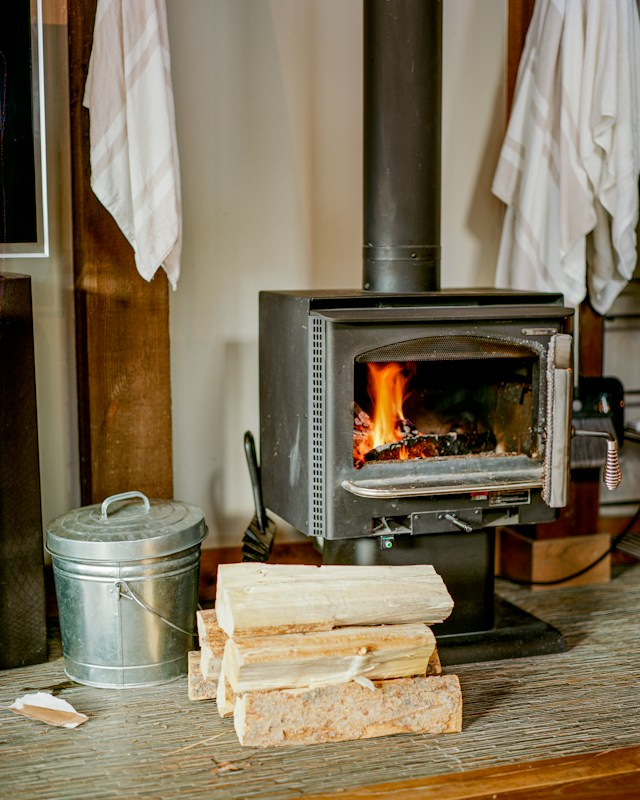
The mid-century modern design movement, popularized in the mid-20th century, gave rise to unique fireplace styles. These fireplaces often feature clean lines, natural materials, and a focus on functionality. A suspended fireplace or a freestanding cone-shaped design can be representative of the mid-century modern aesthetic, providing a retro yet contemporary vibe to your space.
6. Contemporary and Custom Fireplaces

Contemporary fireplaces encompass a wide range of styles, often incorporating innovative designs and custom features. This category allows for a high degree of personalization, with options ranging from unique shapes to custom finishes. Electric fireplaces with customizable flame colors and heat settings are gaining popularity in contemporary designs, providing both style and convenience.
7. Outdoor Fireplaces
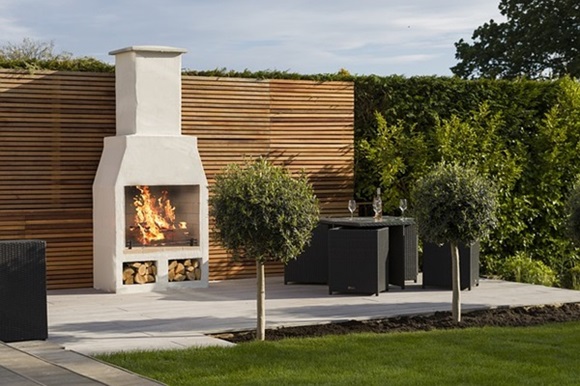
Outdoor living spaces have become increasingly popular, and outdoor fireplaces are no exception. Whether it’s a traditional stone hearth, a modern gas fireplace, or a portable fire pit, outdoor fireplaces can enhance your patio or backyard’s functionality and aesthetic appeal. They create a cozy atmosphere for al fresco entertaining and extend the usability of outdoor spaces into cooler seasons.

